Do clocks tick you off?
This post was written by Oliver Cooke
In his book Confessions of an Advertising Man, originally published in 1963, David Ogilvy calls this ‘the best headline I ever wrote'.
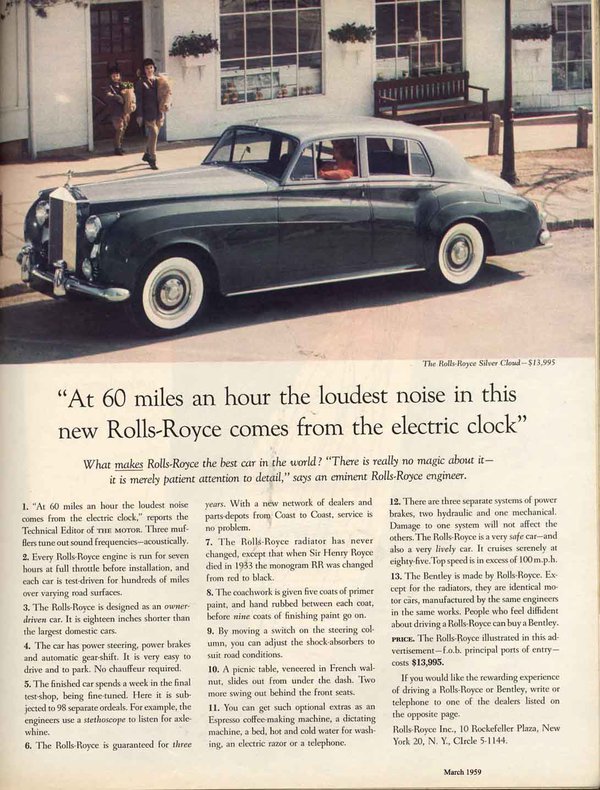
Interestingly, in a footnote he adds: 'When the chief engineer at the Rolls-Royce factory read this, he shook his head sadly and said “It’s time we did something about that damned clock!"'
I previously explained that the ticking of a timekeeper is the sound of the escapement stopping a wheel tooth. But why is the ticking of a clock music to some and unbearable to others?
Loudness is a common complaint. The farther and harder the tooth drops before it is stopped by the escapement, the more energy is lost to sound and the louder it will be. This will tend to increase with size, but energy loss can be minimized with an efficient design and good construction. Also, the rest of the movement and its case can act to either attenuate or amplify the sound.
The timbre of the sound can be soothing or grating. Just like the character of a violin is much more than the pure tone of its vibrating string, we are not hearing just the escapement – the construction of movement and case all contribute to the texture of the sound.
Another aspect is the timing of the ticks – the beat of the clock. An uneven beat probably offends everybody. If, instead of an even 'tick tock tick tock tick tock', you hear 'ticktock… ticktock…. ticktock…' (or even tocktick!) then your clock is out of beat. To fix this, make sure the clock is level, otherwise your repairer can easily sort it.
Some examples:
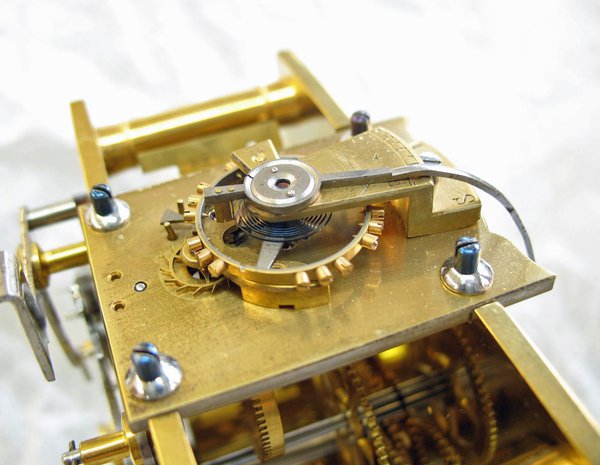
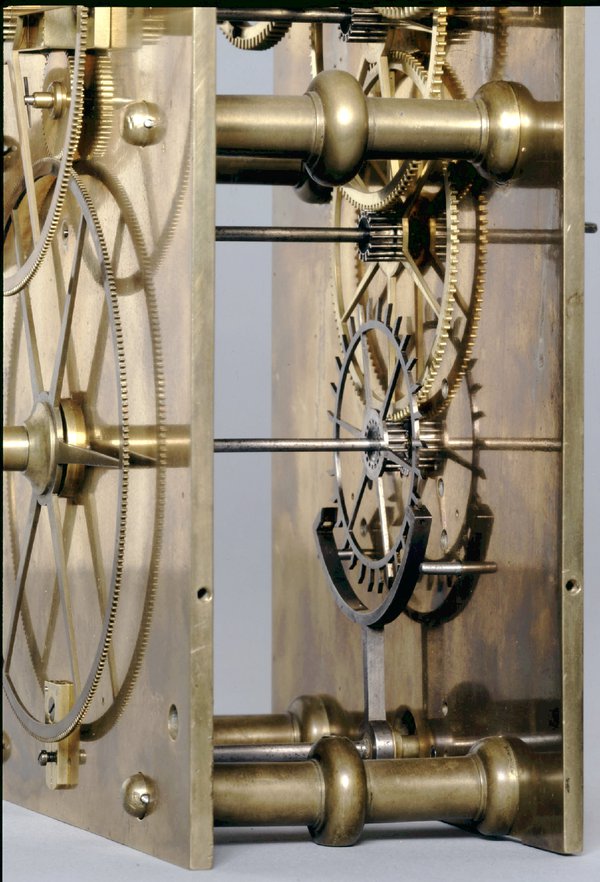
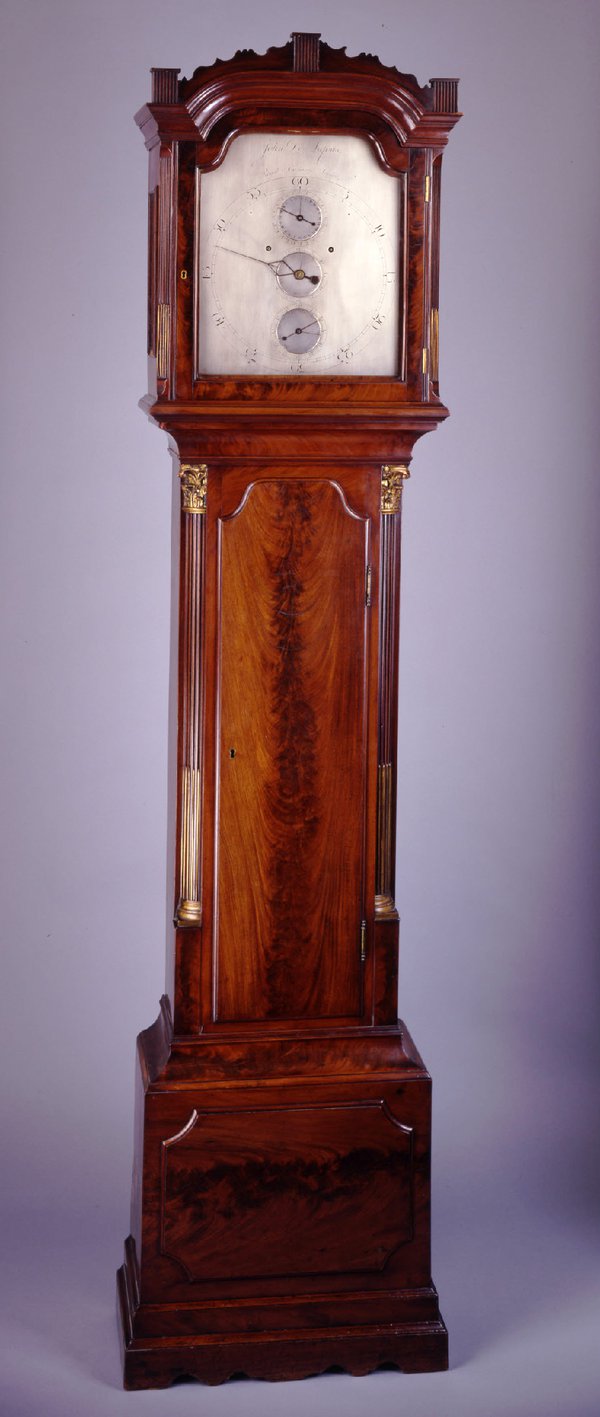
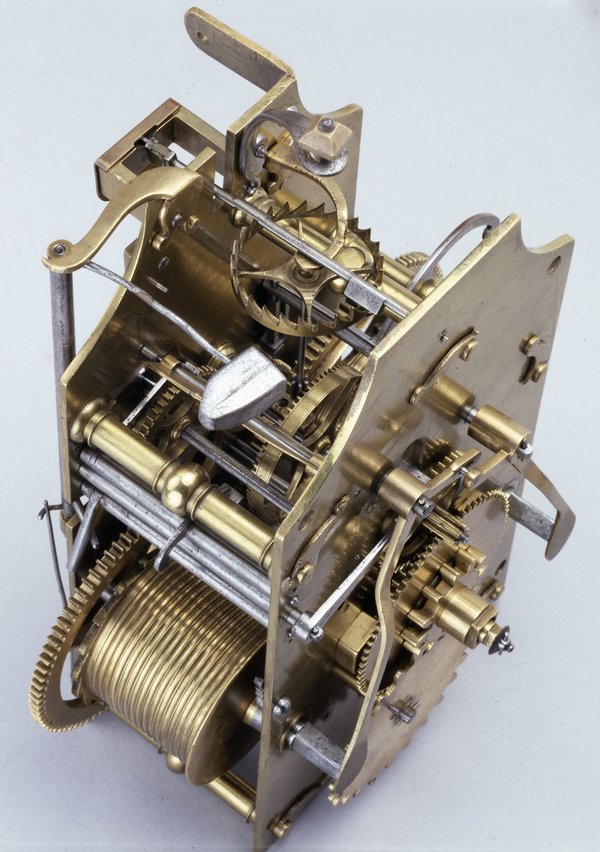
Some clocks were designed to reduce escapement noise. Some of these had so-called 'silent escapements' in which more compliant materials were used (such as spring steel and gut line) to absorb the impact. Pietro Tommasi Campani invented an impact-free crank escapement for use in his night clocks.
Avoiding escapements altogether, compartmented cylindrical clepsydrae were recurrently popular at various times in history. In quartz controlled clocks, the escapement is also eliminated, although many of those use physical hands whose driving motors can usually be heard, ticking or whirring.

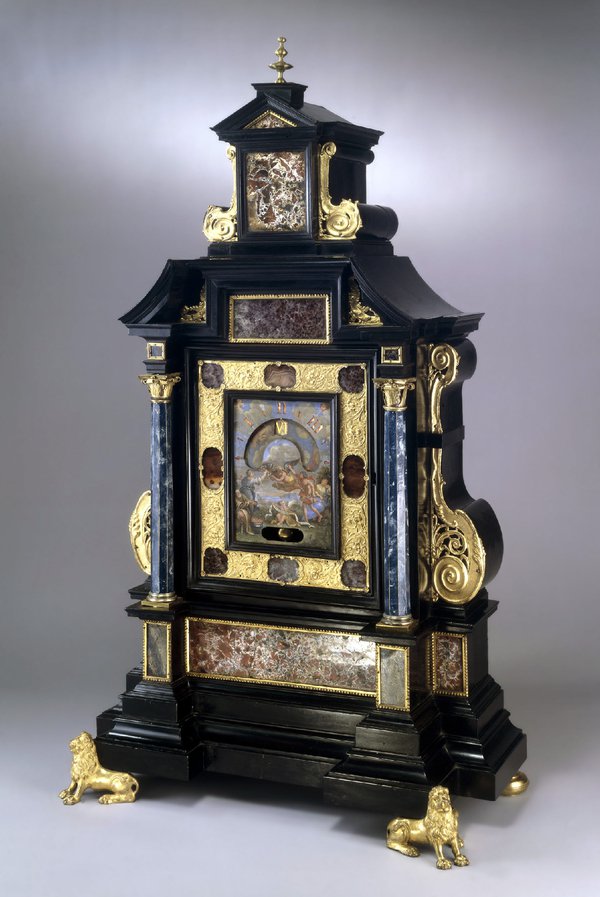

Thanks to Peter de Clercq for inspiring this post and providing the piece on Ogilvy.